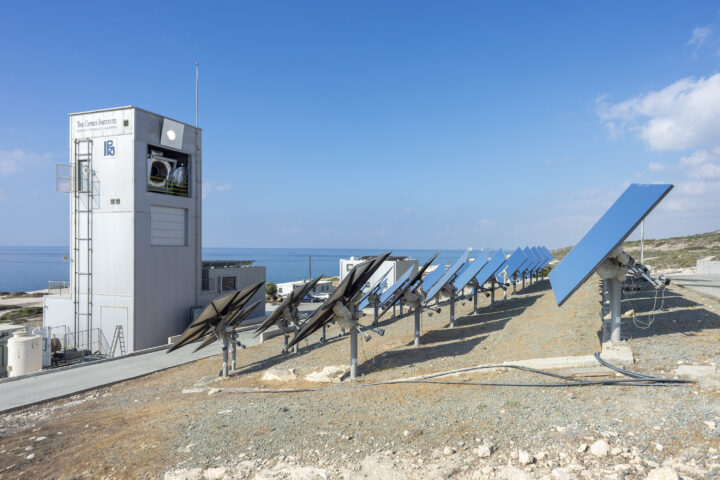Although Cyprus, research and development investment has risen during the last decade, data shows that the R&D expenditure as a percentage of GDP is the lowest in the EU.
Moreover, the disinvestment in information and communication technology is hampering economic growth, according to a University of Cyprus study.
In its December Productivity Analysis Bulletin, the university’s Economics Research Centre said that all factors, except ICT capital, positively contributed to growth during the last five years.
The multifactor productivity growth (TFP growth), Labour and R&D capital were the major contributors to output growth, at around 36%, 35%, and 29%, respectively.
The ERC bulletin said that for all periods, except the pre-2010 period, the ICT disinvestment negatively contributed to output growth.
The analysis shows the Cyprus economy slowed by 5.6 percentage points between the pre-2010 and 2010-2014 periods: average growth fell from 3.67% to -1.95%.
This was mostly due to reductions in the Labour, TFP and ICT capital contributions.
In fact, during the economic crisis in Cyprus (2010 – 2014), R&D capital, Human capital and Infrastructure capital were the only positive contributing factors of output growth.
After 2015, the economy displayed a remarkable improvement: it accelerated by 5.4 percentage points relative to the 2010-2014 period (almost reaching the pre-2010 growth levels, averaging a 3.41% growth rate).
Examining the evolution of the capital inputs in time shows all capital inputs have been increasing until around 2010.
After that year, ‘Infrastructure’, ‘Other physical capital’ and ‘Human capital’ decreased slightly, only to pick up again in 2016 and eventually reach or even overcome (in the case of Human capital) their pre-crisis levels by 2020.
Different pattern
ICT and R&D capital stocks show a different pattern.
ICT capital increased up to 2010 and then experienced a persistent fall until 2020.
It seems the investment that took place after 2010 was not enough to replace the part that had been depreciated.
On the other hand, R&D capital grew exponentially throughout the sample years.
Productivity growth is estimated using two measures of the capital input: the aggregate capital stock (to assess the updated estimates of productivity growth in Cyprus) and the individual capital stocks.
The disaggregation of the capital input diminishes “measurement errors” and results in lower estimates of TFP growth.
The estimates show that while the two TFPs move together throughout the sample years, the TFP growth rate that accounts for the aggregate capital stock is higher than its individual capital stocks counterpart.
International literature indicates that R&D and ICT investments are crucial drivers of economic growth.
“The need for investment in digitalisation remained unaddressed for a long time, and this could impede Cyprus’ growth prospective,” the study said.
Under the Recovery and Resilience Plan (RRP), Cyprus currently addresses these issues by increasing ICT investments and the rest of the capital stocks.
“Together with the necessary reforms of the public and local administration, the judicial, and the labour market, the RRP will facilitate the path towards improved productivity and significantly affect GDP growth.”










